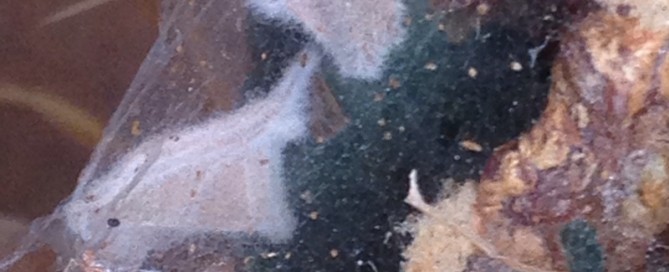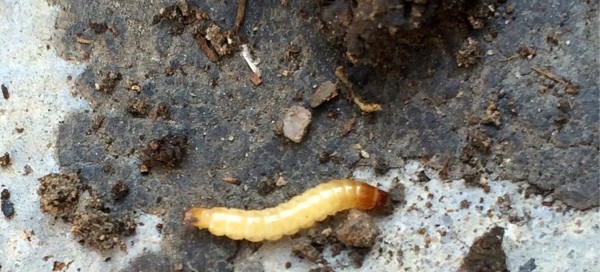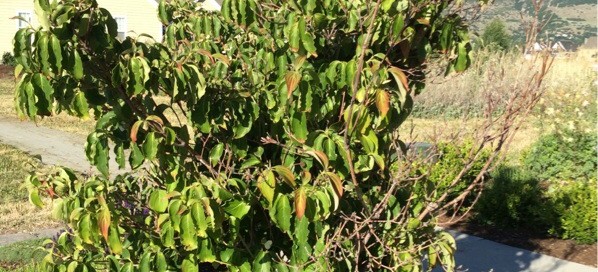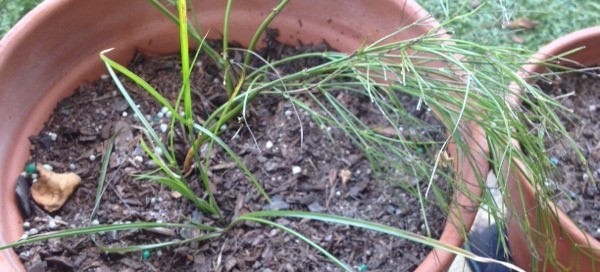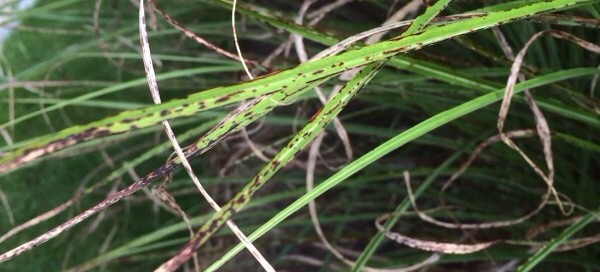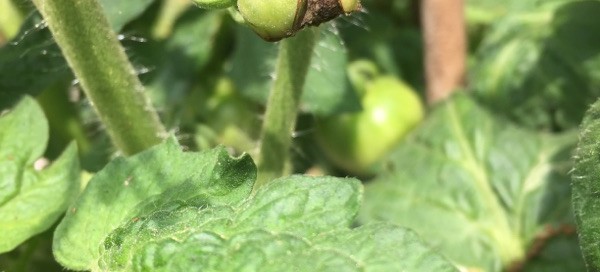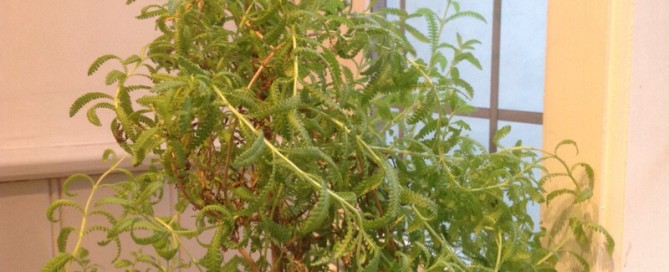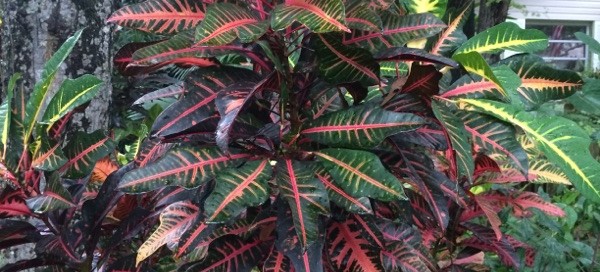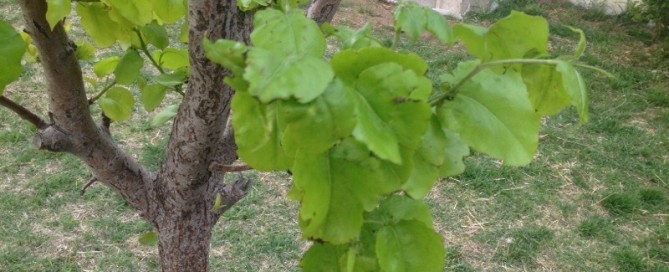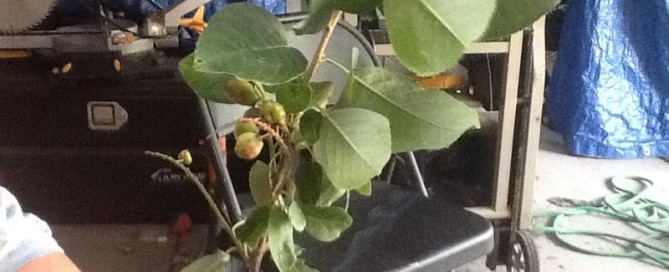Spider Mites
It does look like spider mites. If you can knock some off on to a piece of white paper you might see them crawl around, but if you take your finger and give them a swipe, you should see a small brownish-red smear. Unfortunately indoors is a real breeding ground for them as the temps are comfy and there's little air circulation - they love that. A couple of things you can do. If it is a sturdy cactus give it a good hard blast of water from a hose to remove the webs and kill as many as possible for the first pass. After it has had a good few days to dry out take a look and if you see any residual, use a spray bottle of 50/50 rubbing alcohol and water (preferably distilled) and give them a good spray down. You may have to follow up a few times but this could get rid of them. You can try using a commercial miticide that you buy at the garden center but cacti and succulents are real sensitive to most pesticides. See if the container offers any info on using with succulents.
